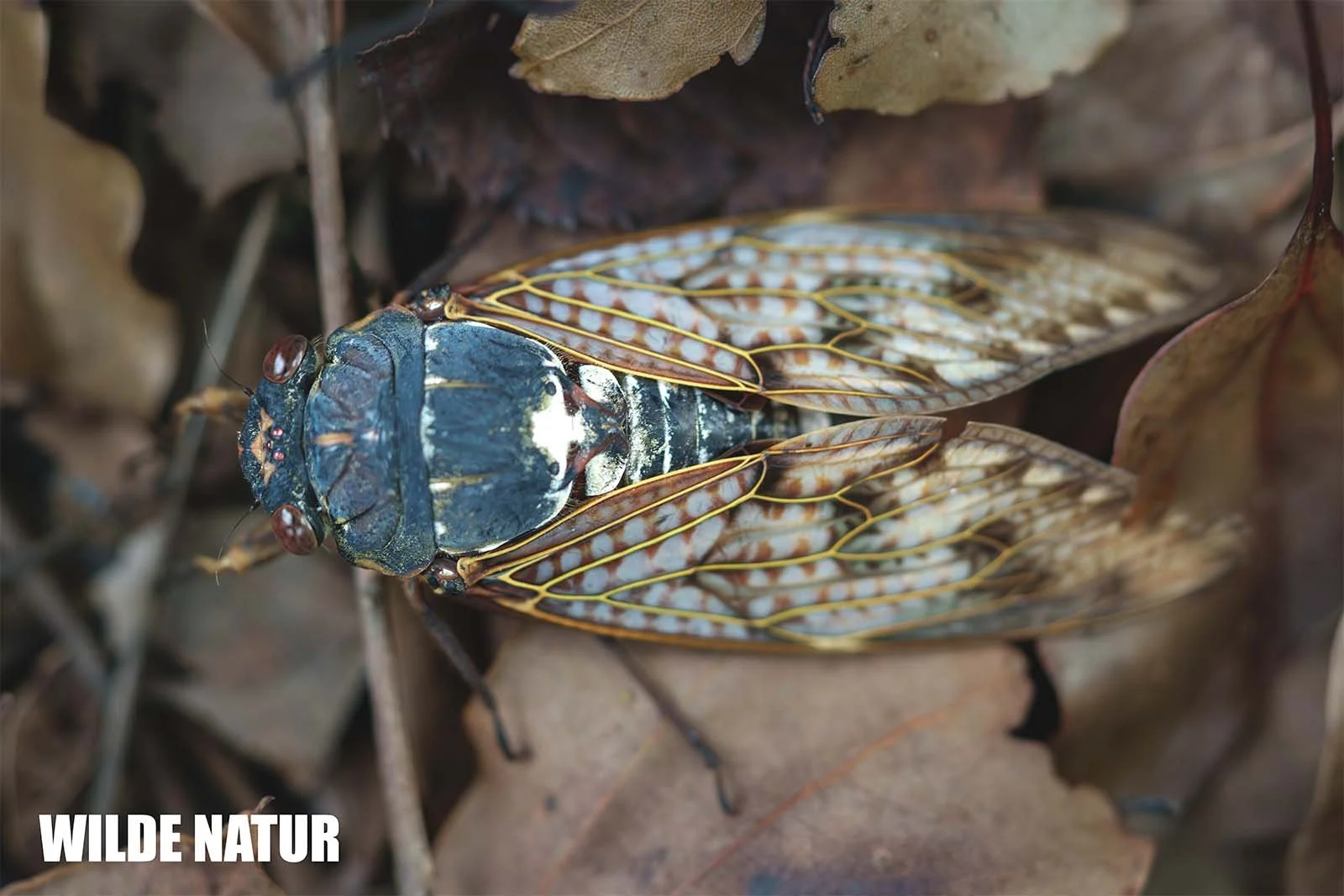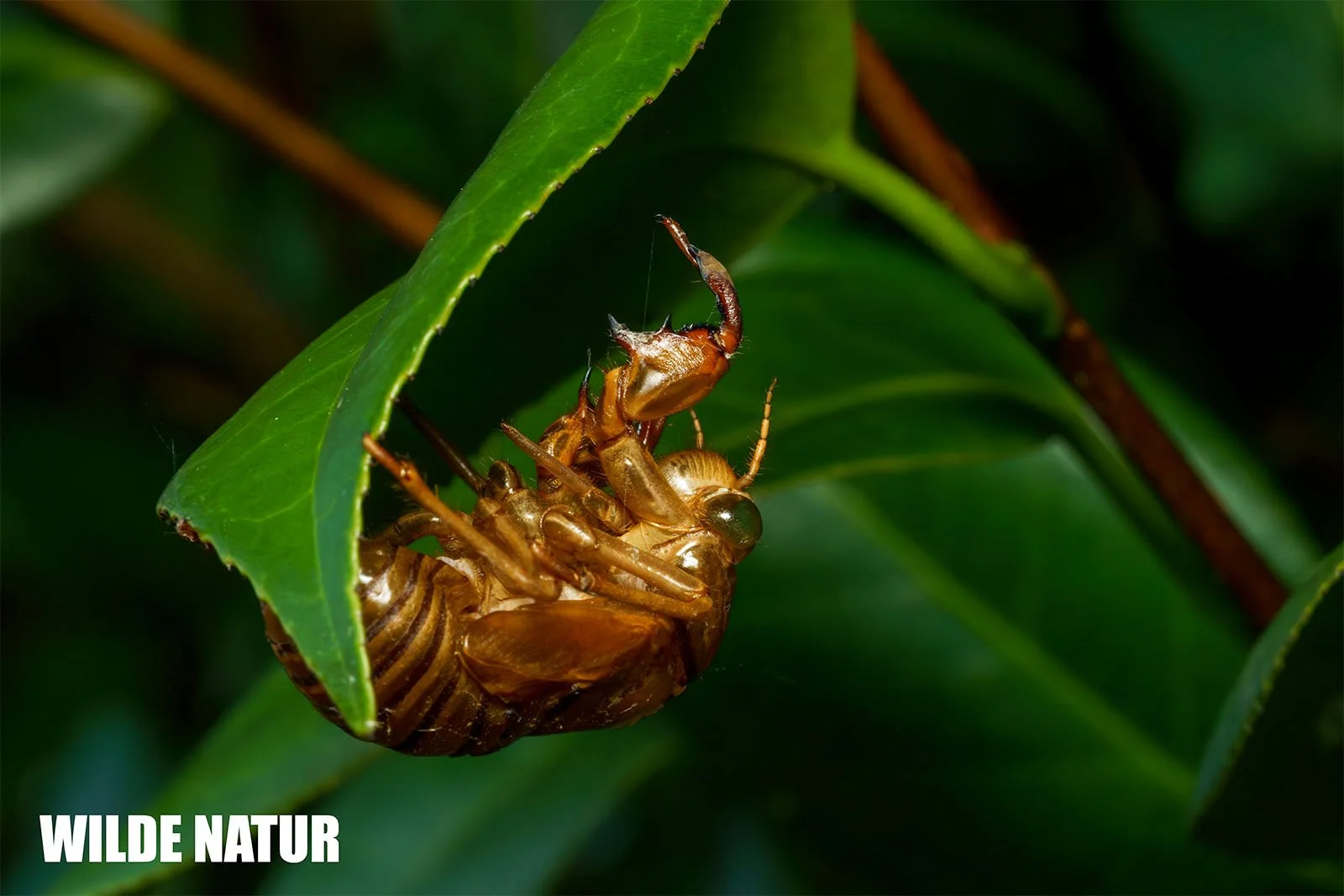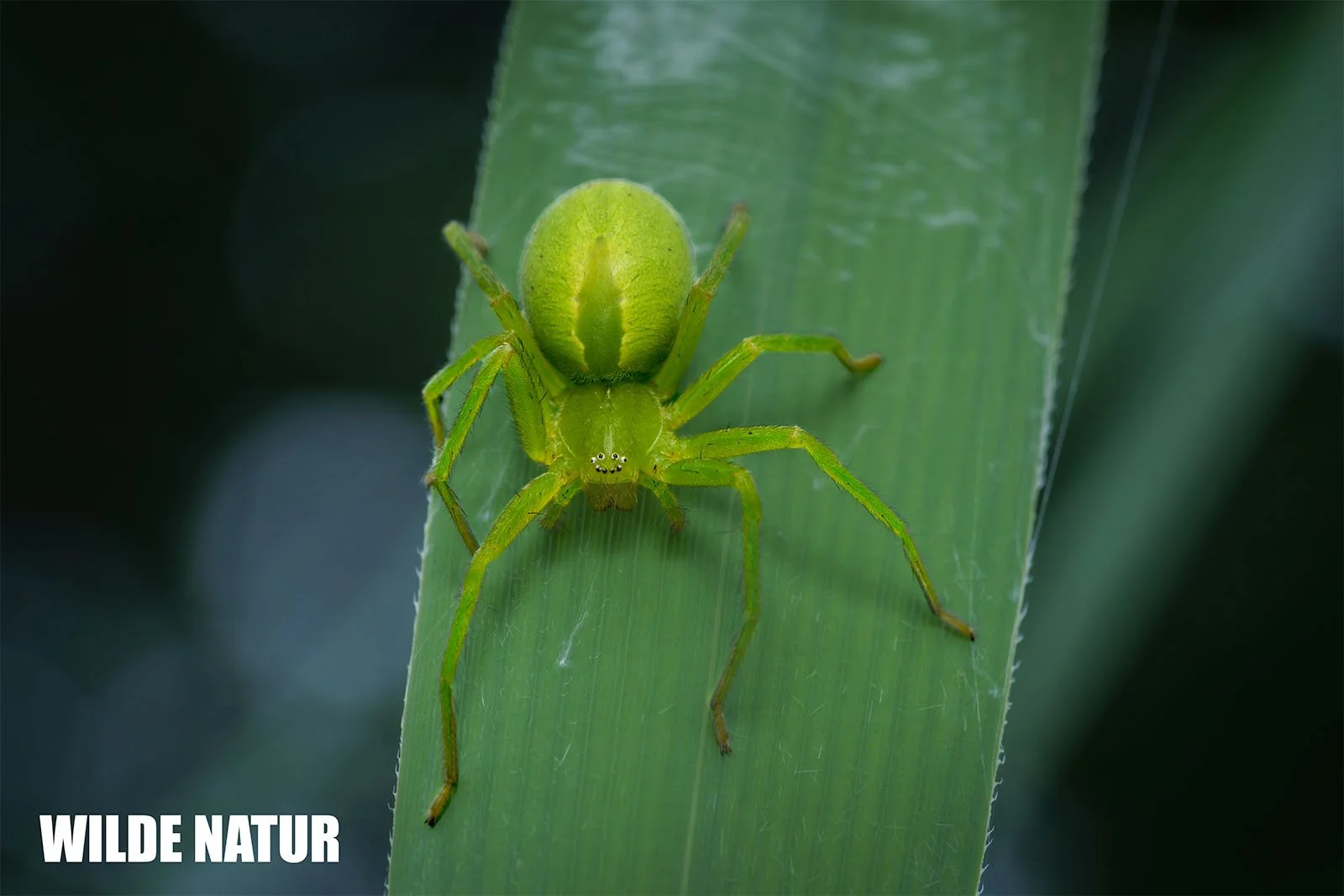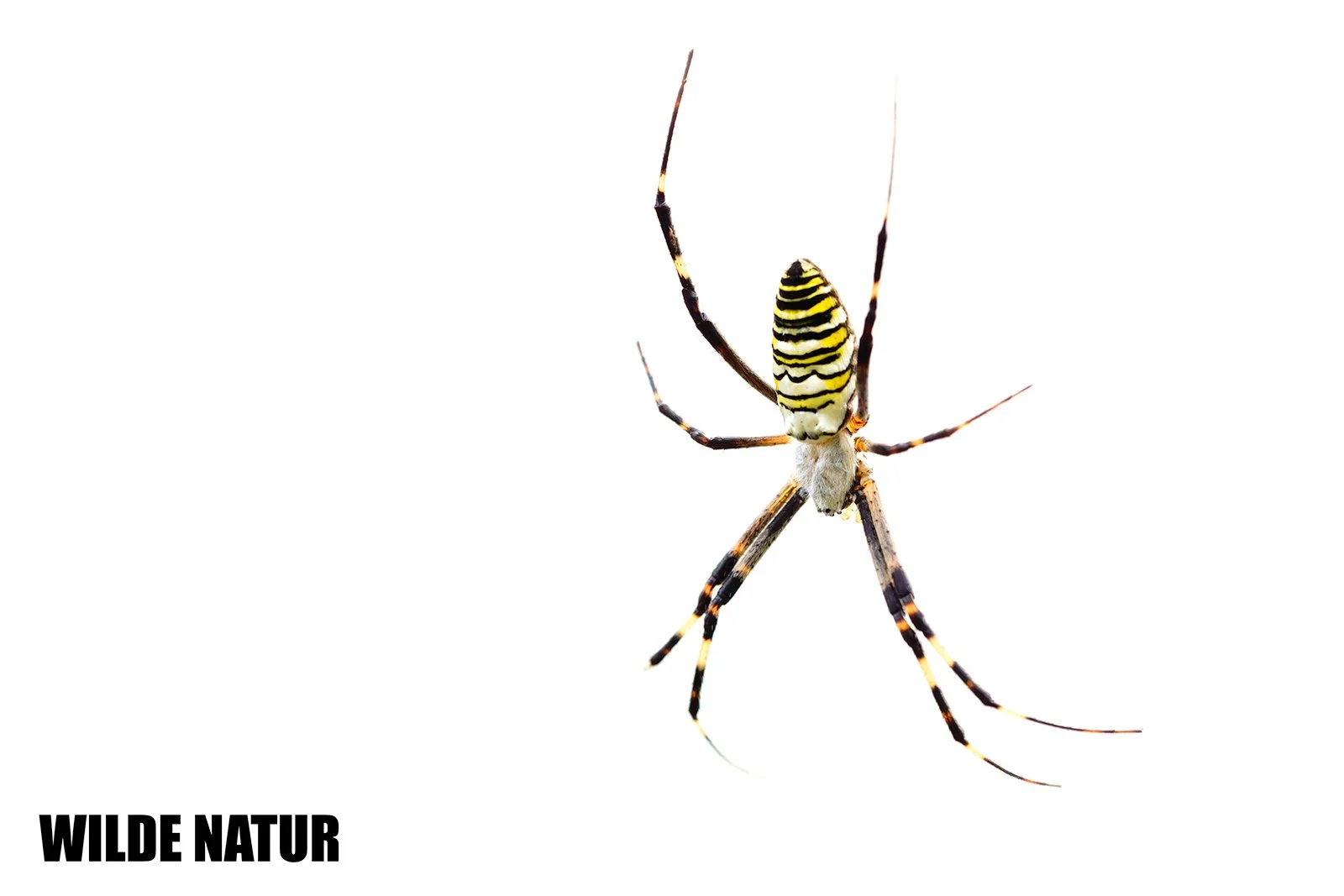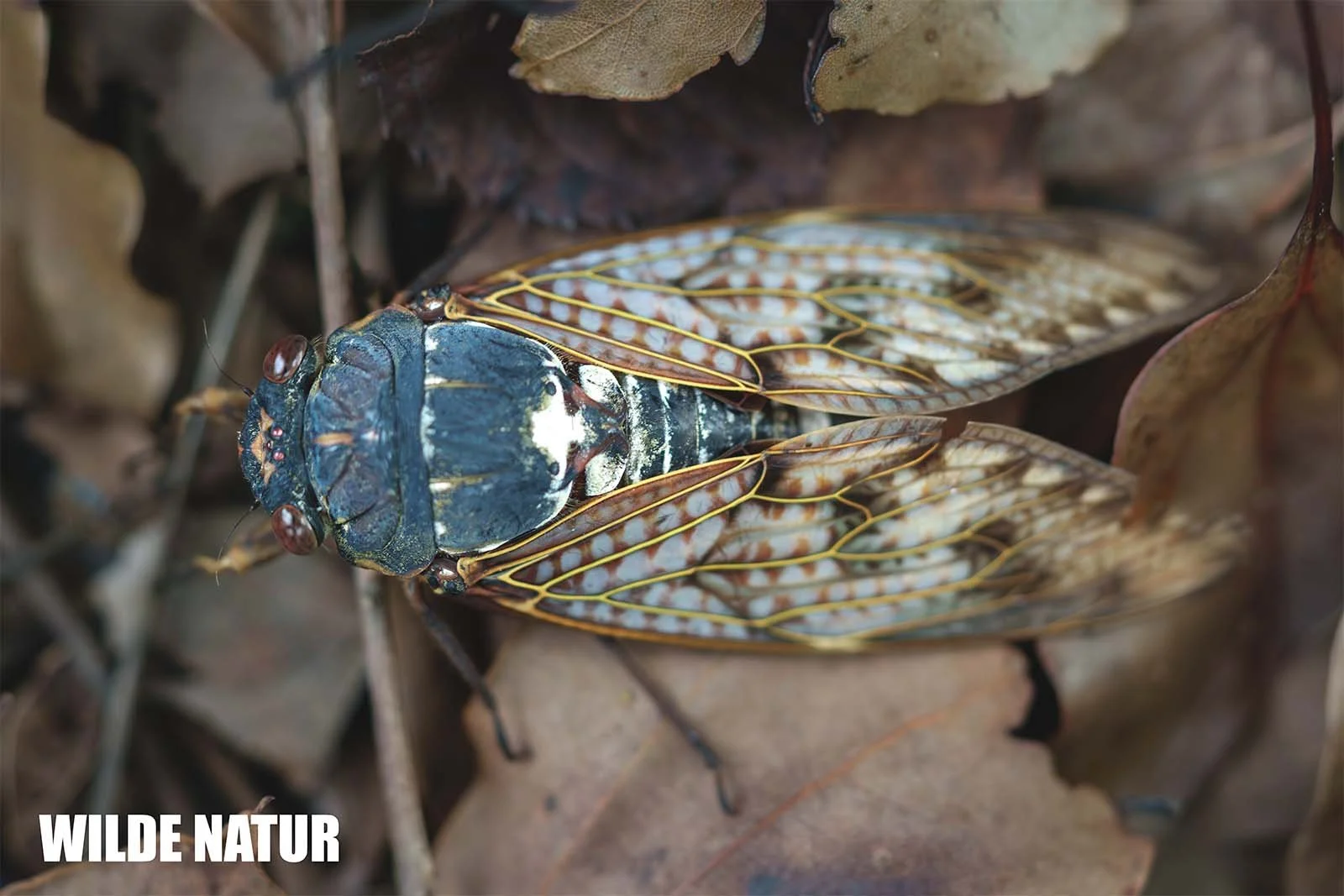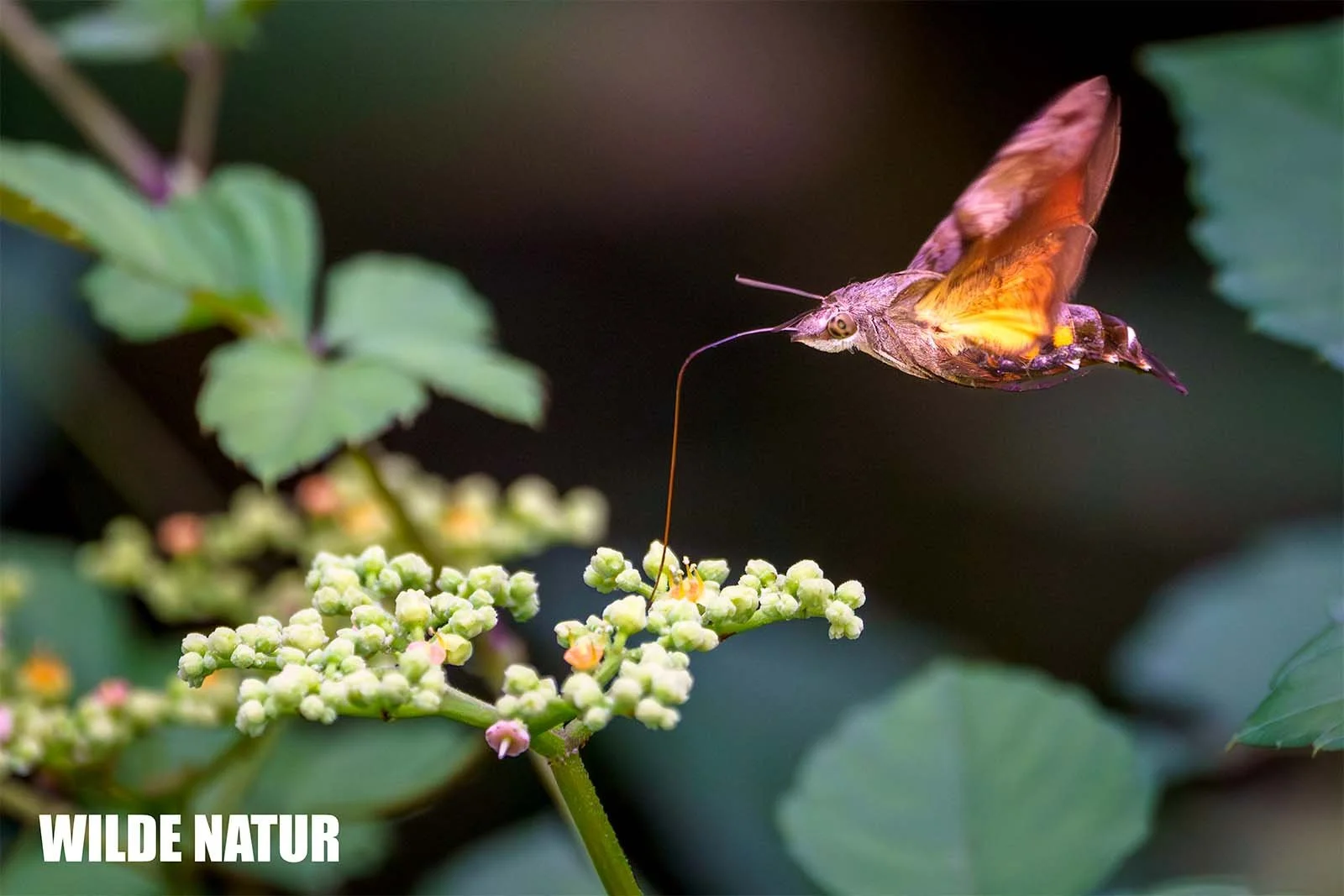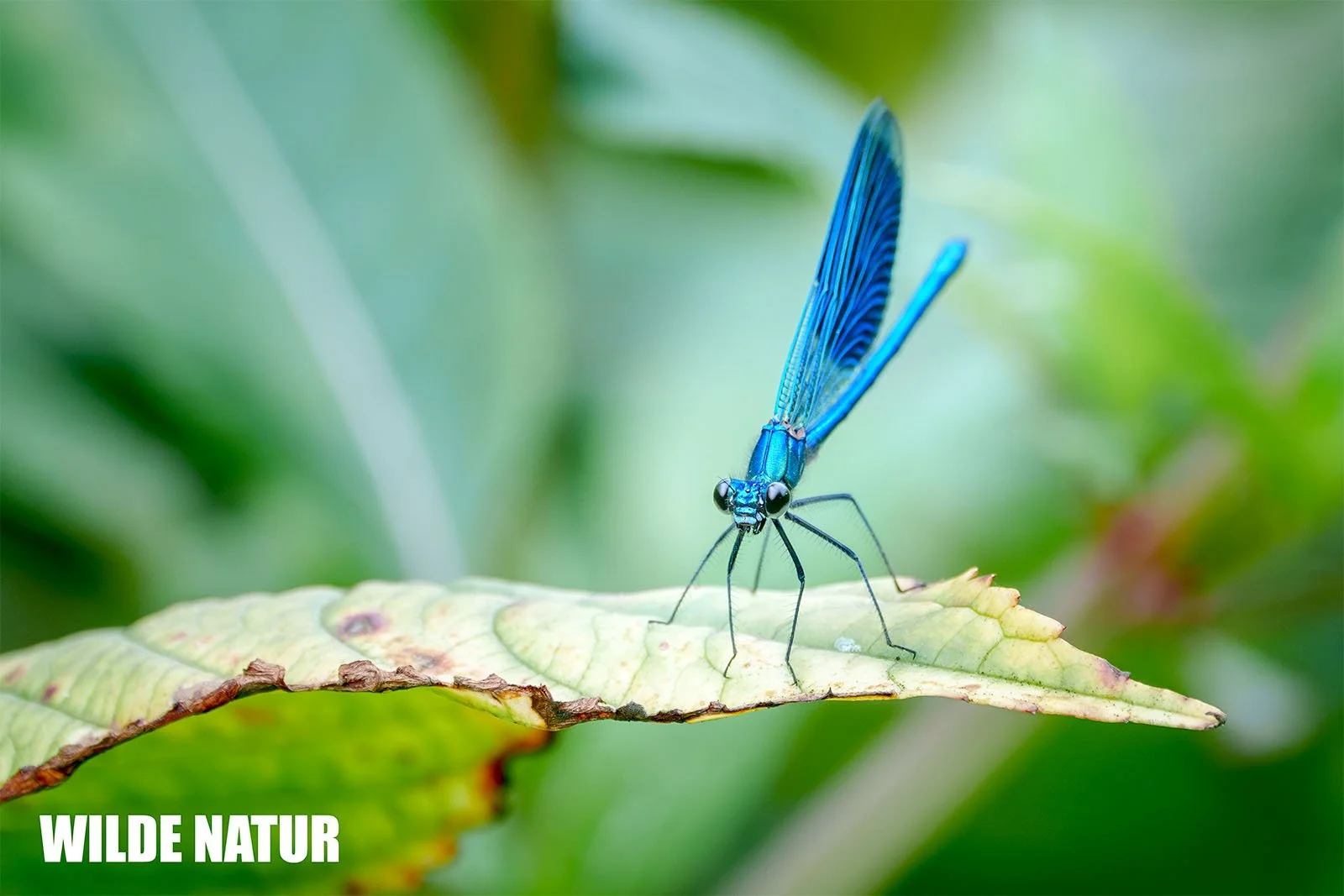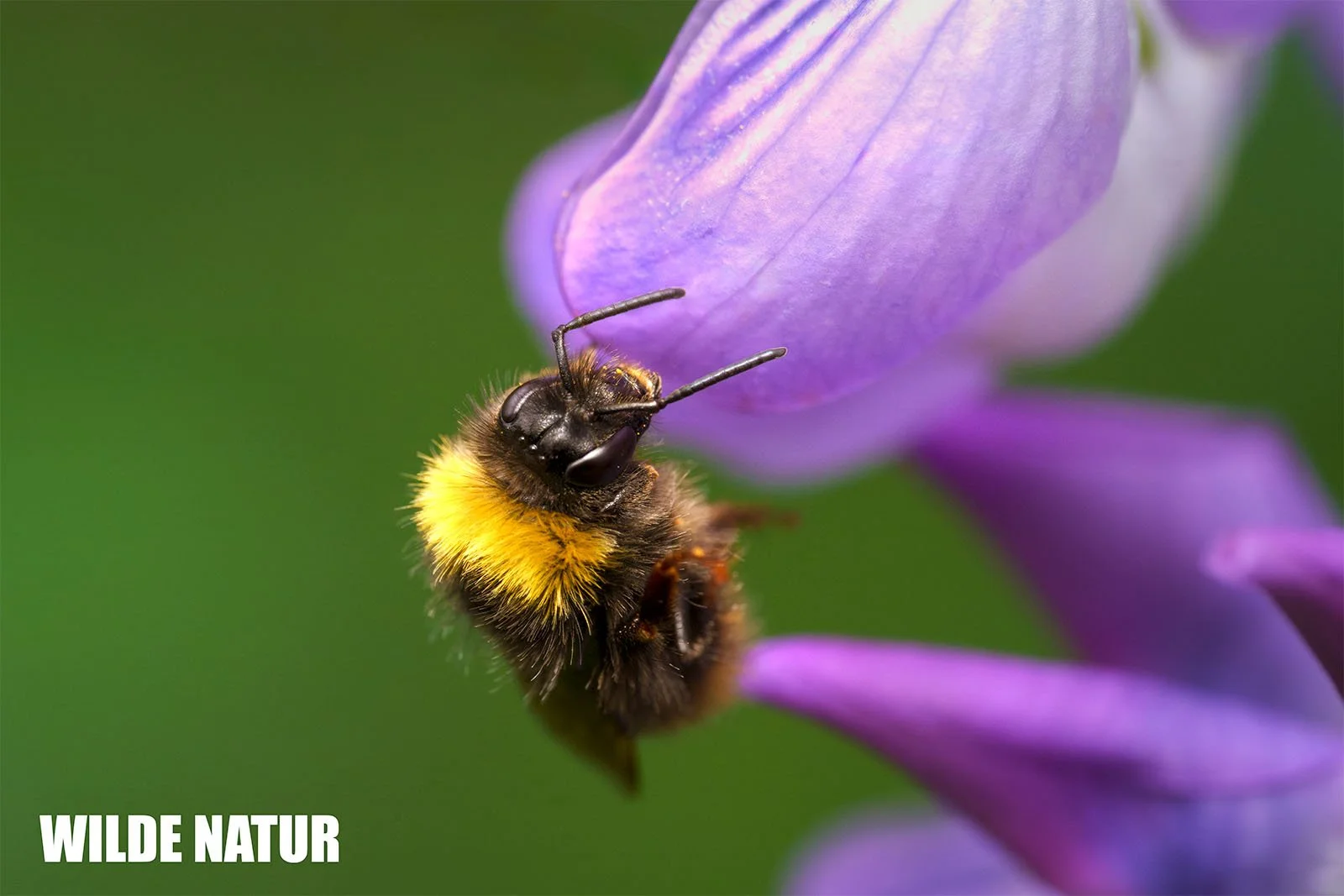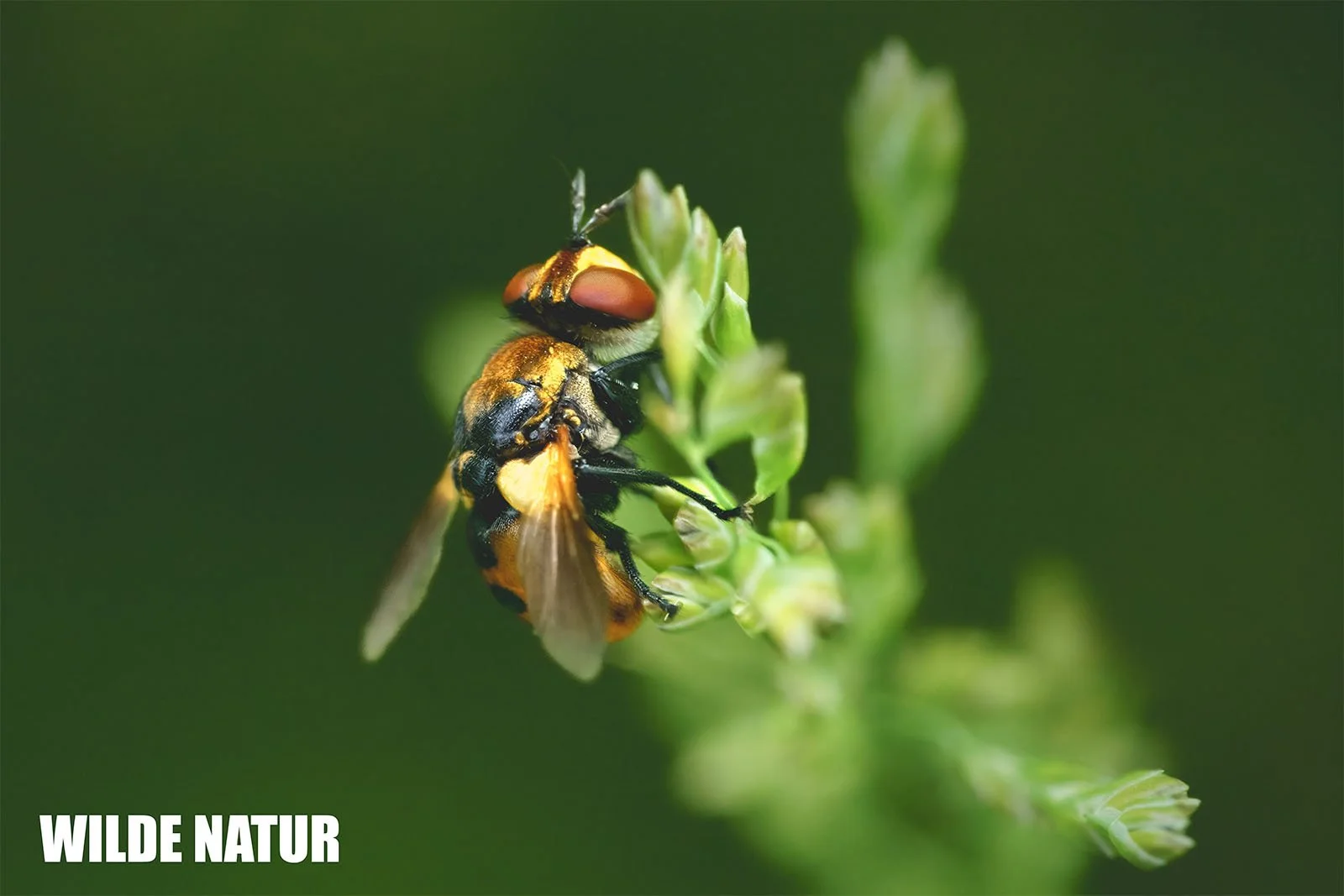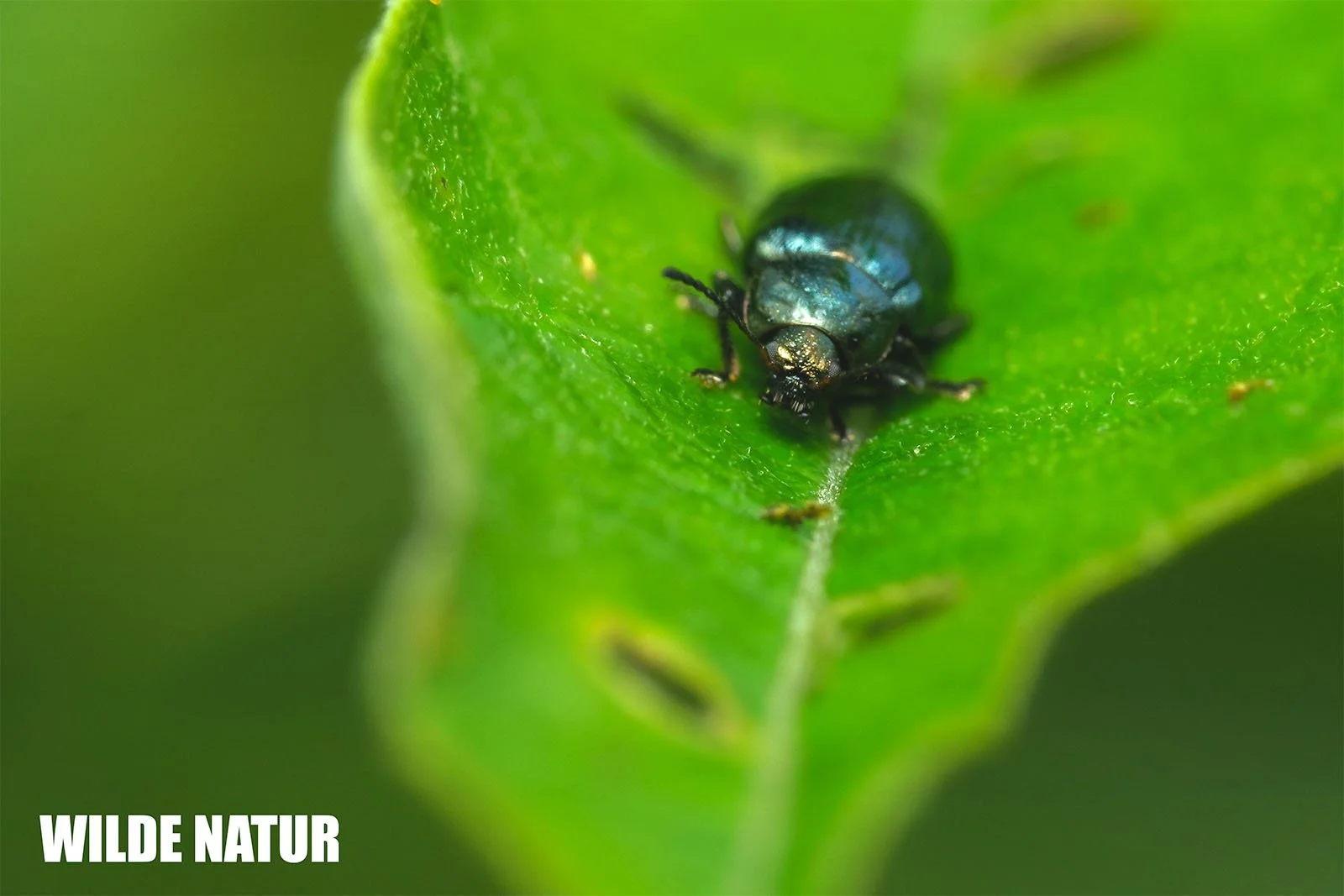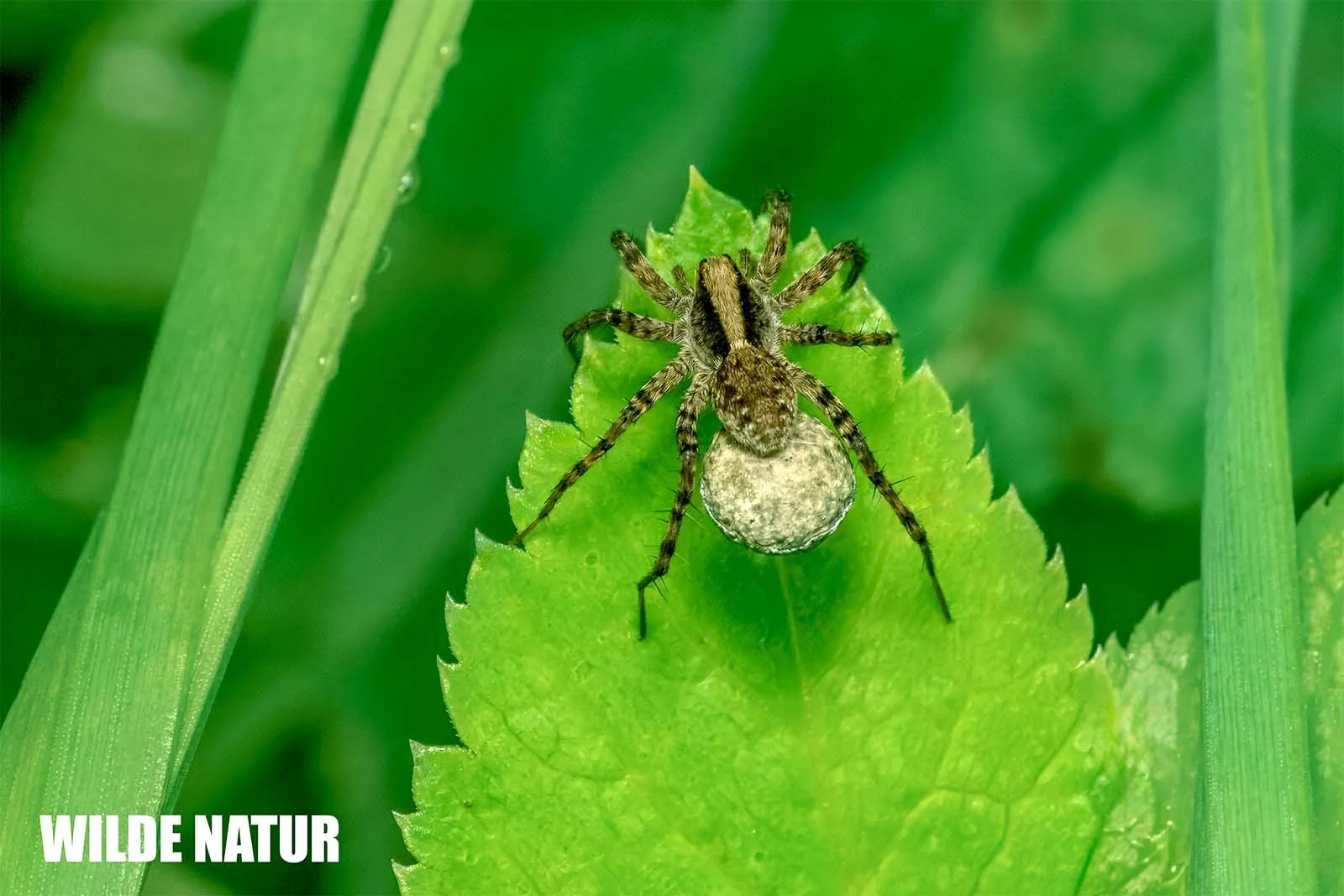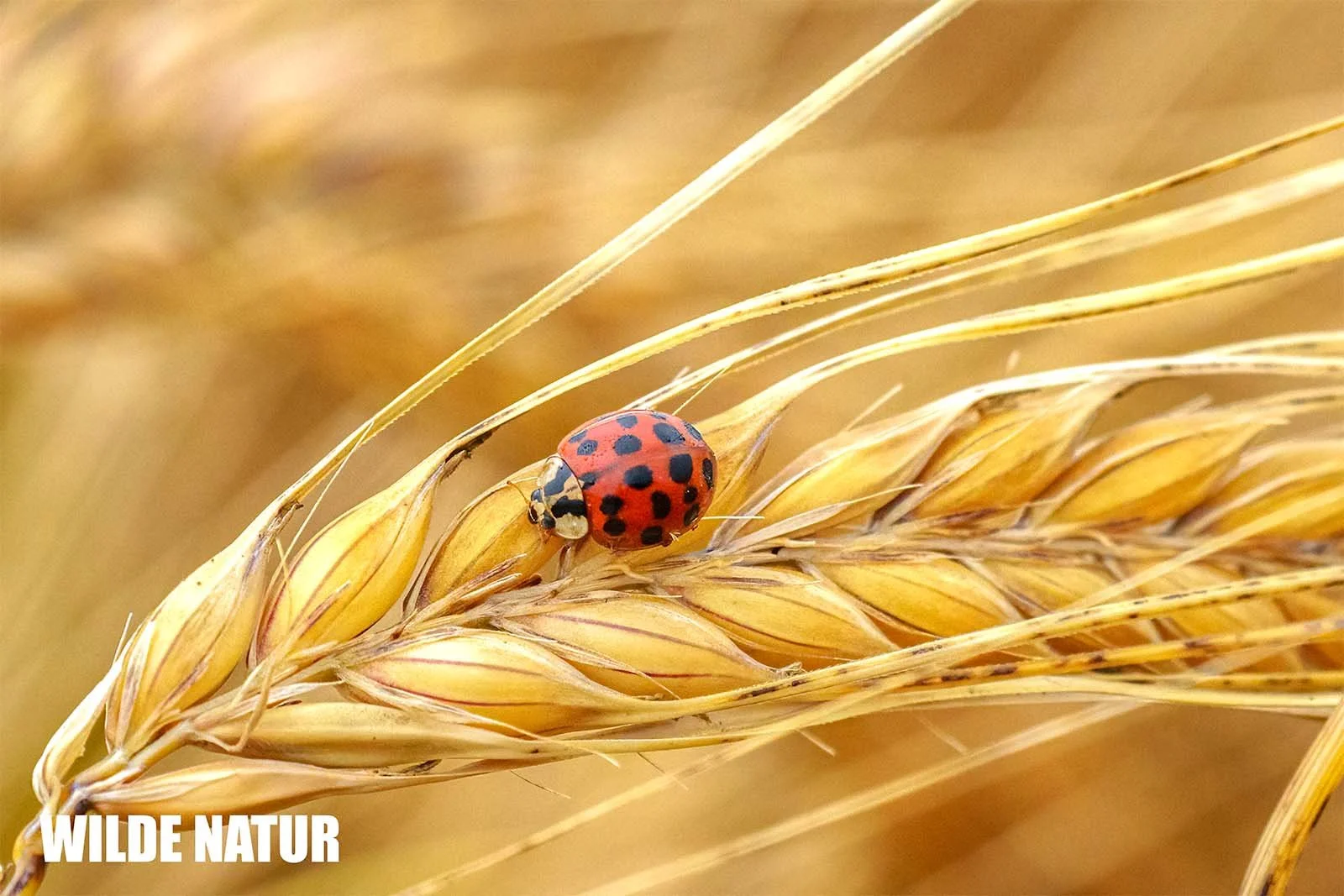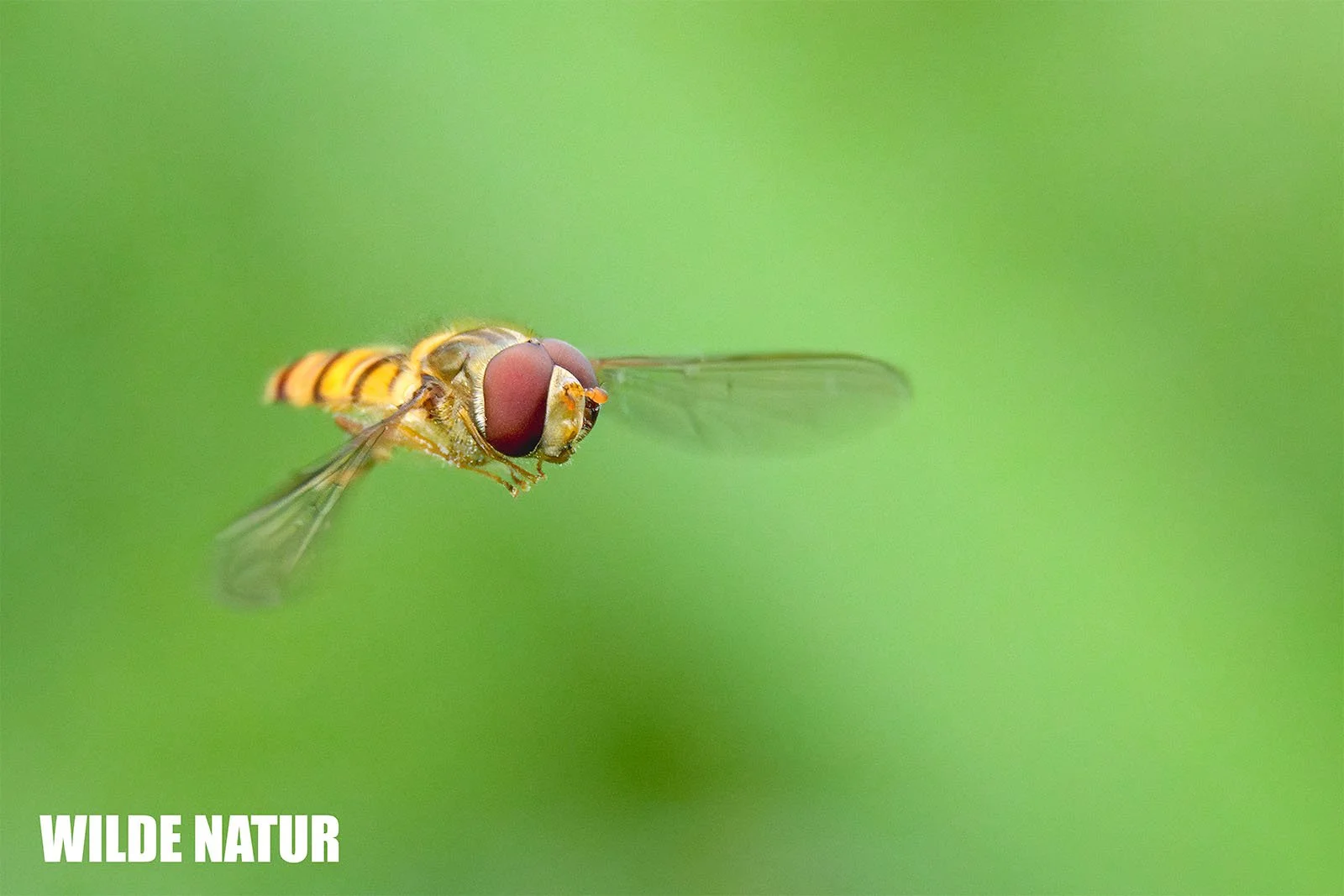Graptopsaltria nigrofuscata
Japanese cicada - Graptopsaltria nigrofuscata
Large Brown Cicada: The Summer Voice of Japan
The large brown cicada defines Japanese summers with its loud calls. Learn everything about its appearance, lifestyle, reproduction, and distribution.
Key Facts
- Body length: 55–60 mm
- Wingspan: about 75 mm
- Diet: plant sap (adults), root sap (nymphs)
- Life cycle: several years underground as a nymph, only a short adult phase
- Seasonality: adults active in summer
- Distribution: Japan, Korea, China
- Distinctive feature: loud, clicking calls of the males
- Scientific name: Graptopsaltria nigrofuscata
- German name: Große Braunzikade; in Japan called “Abura-zemi”
- Family: Cicadas (Cicadidae)
- Habitat: woodlands, parks, tree-rich areas
- Feeding: xylem sap (adults), root sap (larvae)
- Development time: 2–5 years underground, usually about 3 years
- Special note: distinctive song, typical of Japanese summers
Table of Contents
- Introduction
- Appearance
- Characteristics
- Diet
- Reproduction and Life Cycle
- Seasonal Behavior
- Distribution and Range
- FAQ
- Conclusion
Introduction
Anyone walking outside during a Japanese summer knows it: the large brown cicada. Its loud, clicking calls fill the air and make the hot season unmistakable. In Japan, it is known as Abura-zemi, and it is not just one species among many but an essential part of the cultural soundscape of summer.
Appearance
Larval shell of a Japanese cicada (Graptopsaltria nigrofuscata)
The large brown cicada has a sturdy, compact build.
- Base color: brownish, with gray and dark markings on thorax and abdomen
- Wings: transparent with strong venation, slightly tinted brown, extending past the body at rest
- Eyes: large compound eyes on the sides of the head, clearly visible
- Size: 55–60 mm body length, wingspan about 75 mm
Males are recognizable by their volume: they often end their songs with a sharp click, produced by wing movements.
Characteristics
- Body length: 55–60 mm
- Wingspan: about 75 mm
- Distinctive feature: loud, clicking calls by the males
- Harmless: neither venomous nor dangerous to humans
- Family: Cicadas (Cicadidae)
- Distribution: Japan, Korea, China
Diet
Its diet is simple yet specialized.
- Adults: feed on xylem sap from twigs and branches of trees.
- Nymphs: live underground for several years, feeding on plant roots.
Both life stages depend closely on trees and shrubs.
Reproduction and Life Cycle
Reproduction begins in summer, when males sing loudly to attract females.
- Egg-laying: females deposit eggs in cracks or crevices of twigs and branches.
- Nymphs: hatch after 10–12 months and live underground for years.
- Development: usually three years, sometimes two to five.
- Emergence: mature nymphs climb up plants, molt, and appear as adult cicadas.
Seasonal Behavior
The adult stage is strictly seasonal.
- Active in summer, when calling and reproduction take place.
- In Japan, their calls are a typical sound of summer.
- Most of their lives are spent underground as nymphs; the adult phase lasts only a few weeks.
Distribution and Range
The large brown cicada is widespread in East Asia.
- Countries: Japan, Korea, China
- Habitats: forests, parks, gardens – anywhere with trees and shrubs.
In Japan, it is among the most common cicada species and defines the acoustic character of the hot summer months.
FAQ
How big does the large brown cicada get?
About 55–60 mm body length, wingspan around 75 mm.
What does it feed on?
Adults feed on plant sap from twigs, nymphs on root sap underground.
How long does it live?
Nymphs spend several years underground, adults only a few weeks in summer.
Why does its call sound like clicking?
Males end their songs with a click produced by wing movements.
Where is it found?
In East Asia: especially Japan, Korea, and China.
Conclusion
The large brown cicada is more than just an insect – it is the very sound of summer. Its loud calls accompany the hot months in Japan and make it instantly recognizable. Although the adult phase is short, its presence lingers in memory thanks to its distinctive song. It symbolizes both the fleeting nature and the power of the seasons.

